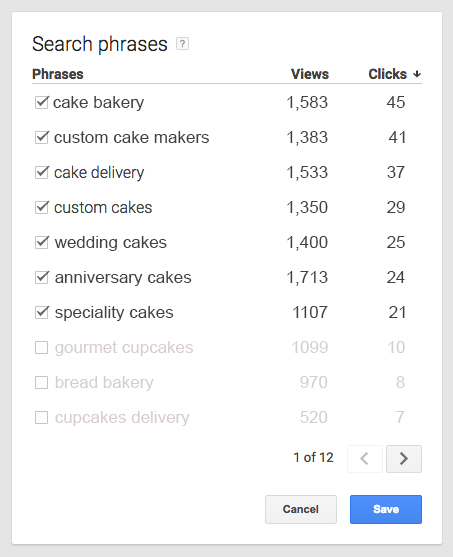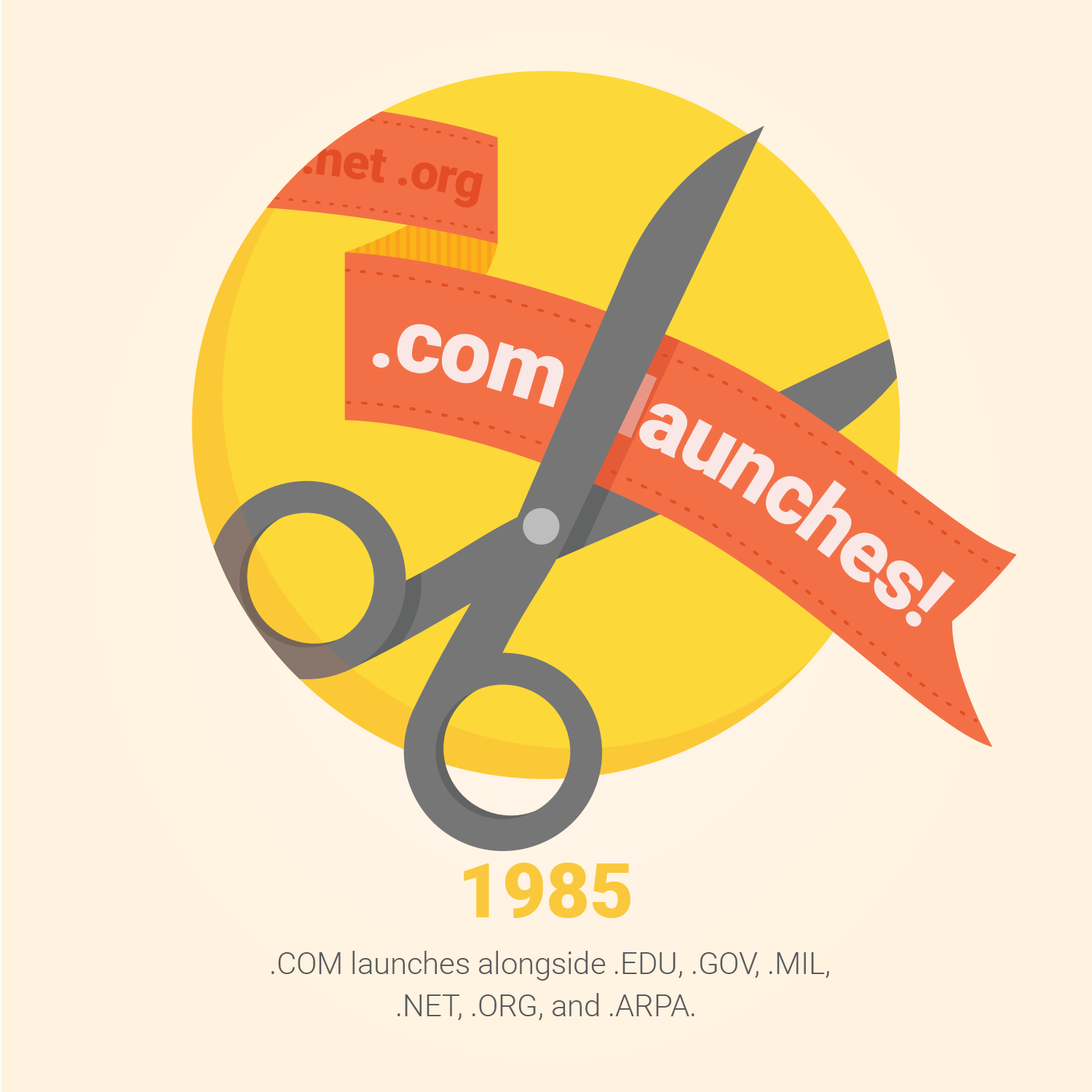In a fresh round of new Google research, we found that:
- 25% of small businesses change their operating hours during the summer.1
- Most business owners aren’t cutting back for R&R, they’re extending their hours and staying open even longer.2
- Yet since the unofficial start of summer (Memorial Day), only 1% of businesses have adjusted their hours on Google My Business.3
- The states where businesses have changed their hours most on Google My Business are Ohio, Delaware, and Wisconsin.4
Keeping customers happy
84% of consumers turn to search engines to gather information for local purchases and 52% look specifically for business hours.5 However, according to a 2013 survey, over 50% of consumers have visited a business to find that its hours had changed, and 44% report having an outing “ruined” by the incorrect information.6
Show up in key moments
So how can you let customers know about your summer hours? Today we’re launching gybo.com/summer as a way for businesses to see how their hours currently show up on Google. If you haven’t already, claim your business listing on Google My Business and then update your hours. Once your hours are updated, people will see them when they look for you on Google Search and Maps. Closing early next Friday? No problem. You can can change your hours on Google My Business on Thursday and avoid having any disappointed customers on Friday.
The value for small businesses
Starting in July, Sedona Golf Resort in Arizona opens early, so golfers can hit the course in the morning and beat the midday heat. Kid’s Science Labs in Chicago also extends hours. Co-founder Keith Norsym says,“We open earlier, at 8am and stay open until 5:30pm to allow parents to drop-off and pick up their kids conveniently.” The summer schedule allows them to infuse a bit more science into summer vacation.
We want to help small business connect with customers in the moments that matter this summer. Businesses with complete listings are 2x as likely to be considered reputable by consumers.7 That means this simple change can make a big difference. Not to mention, it’s free and only takes a few minutes–so that you can get off the computer and get those burgers onto the grill.
1. Written by Google and conducted using Google Consumer Surveys, June 2015
2. Written by Google and conducted using Google Consumer Surveys, June 2015
3. Google My Business data, June 2015
4. Google My Business data, June 2015
5. Source: Ipsos MORI, Impact of Search Listings for Local Businesses, August 2014
6. InfoGroup, Real-Time in the Real-World: Local Search Driving Need for Faster Business Data, 2013
7. Google/Oxera, The Benefits of Complete Business Listings, December 2014






.png)




